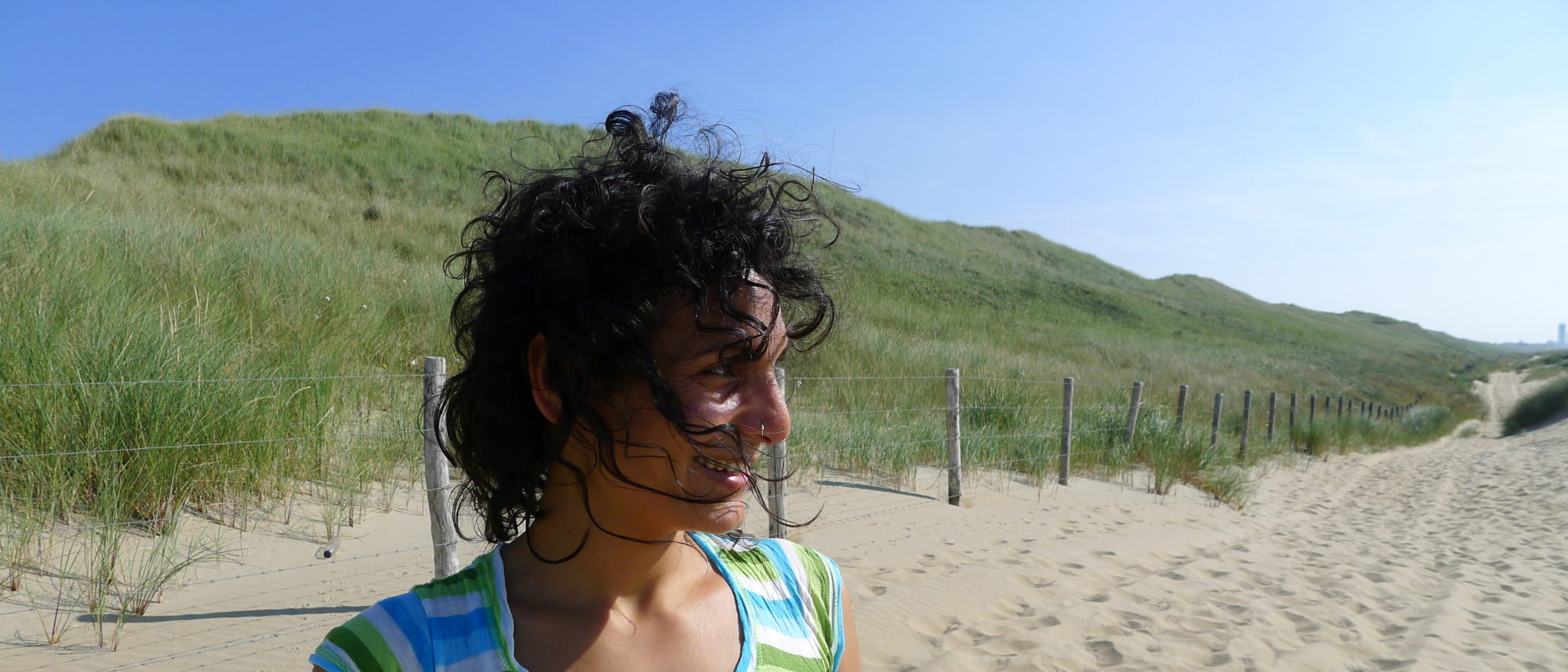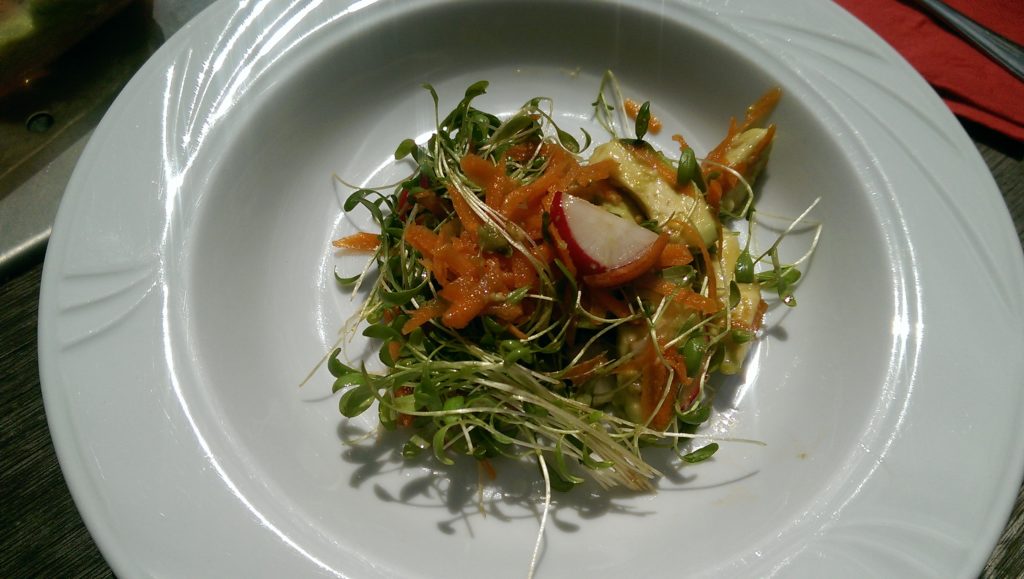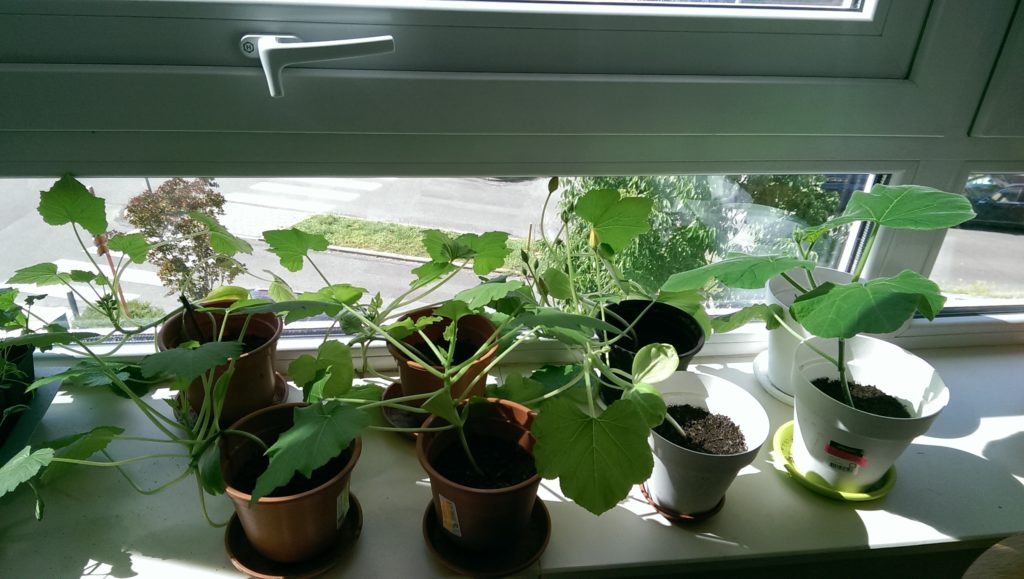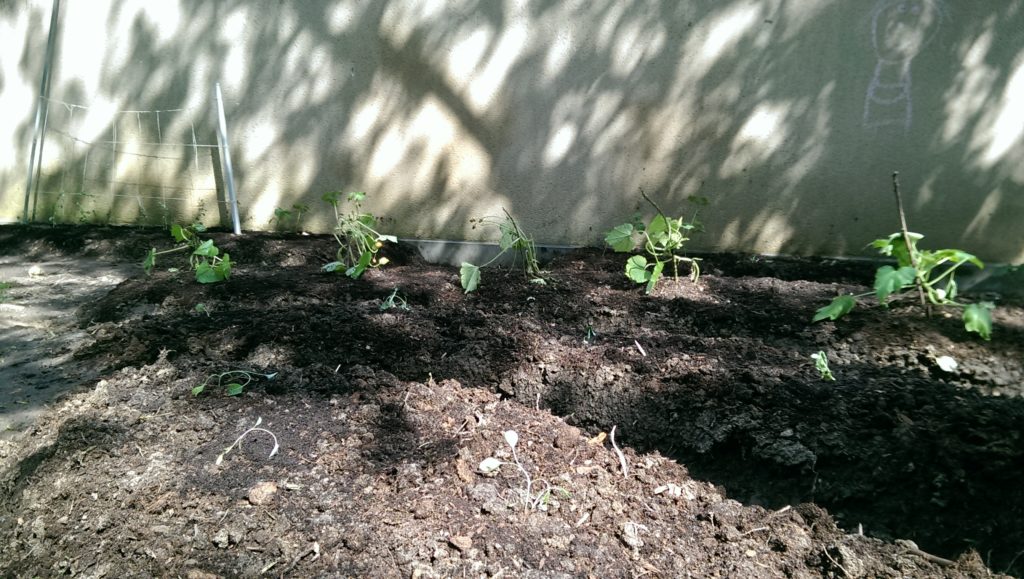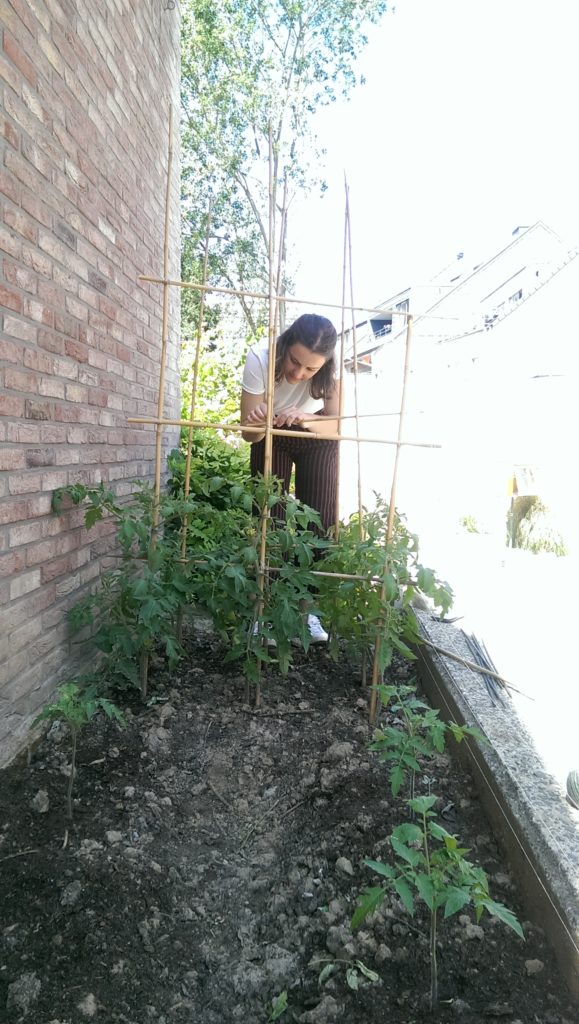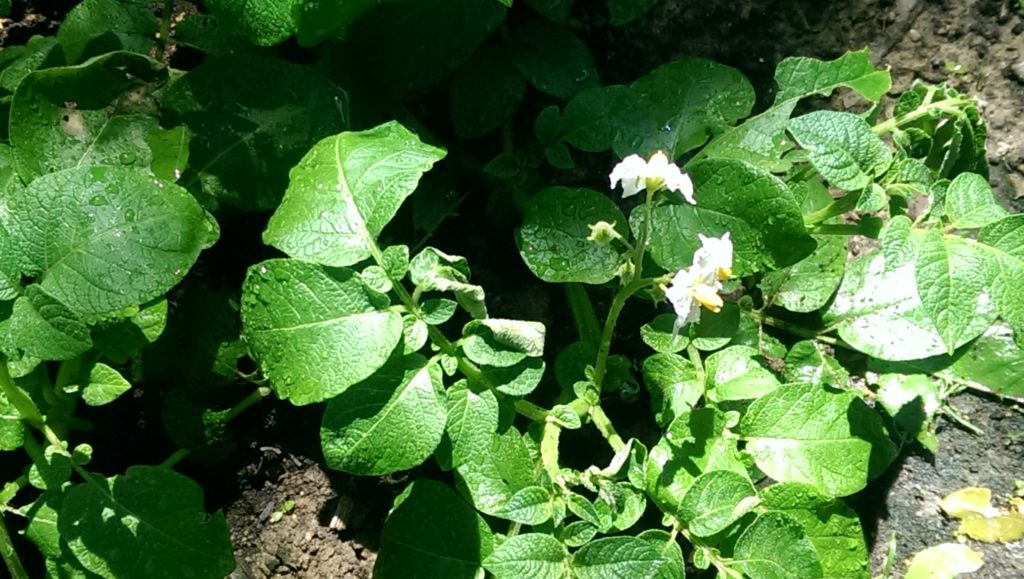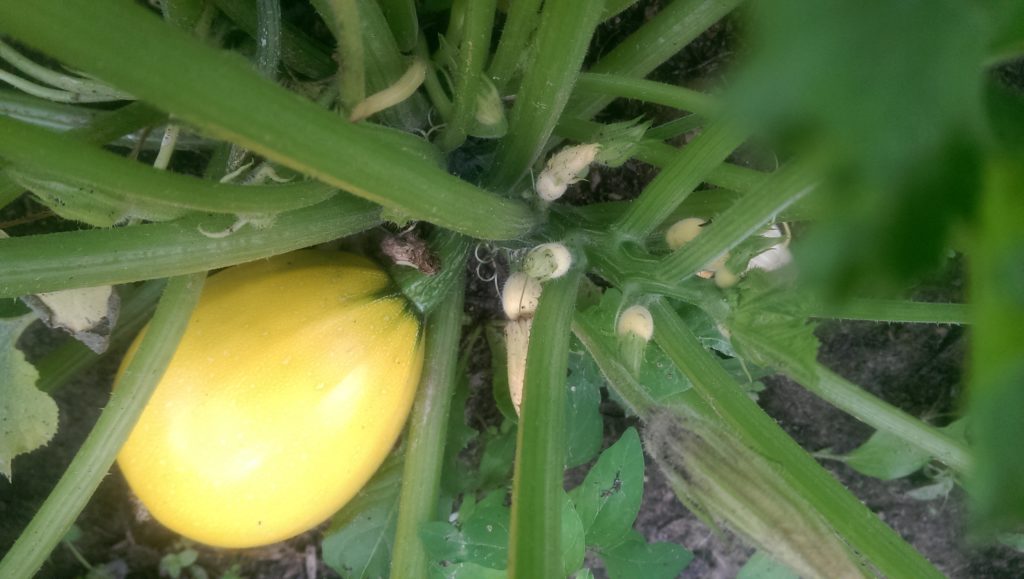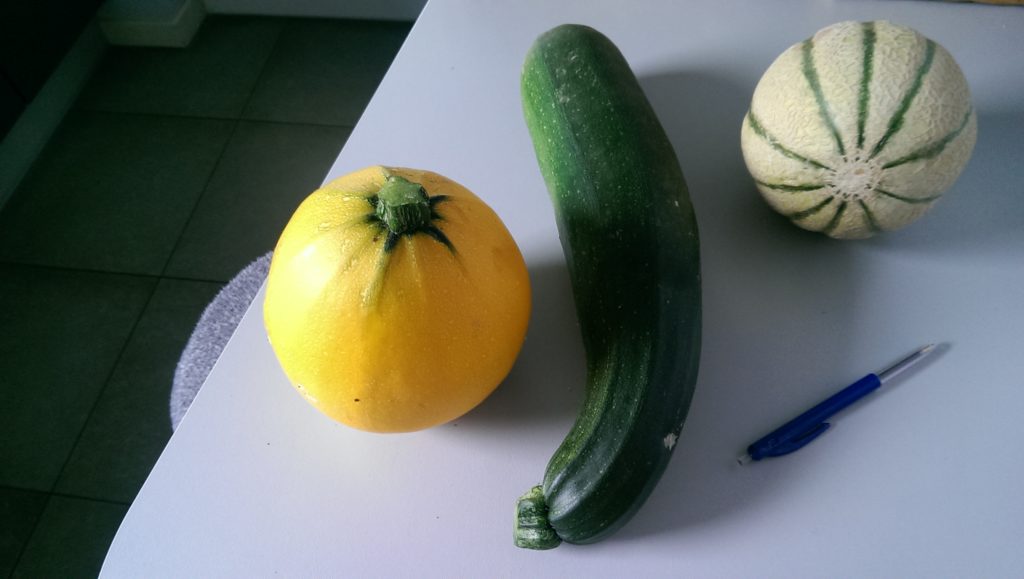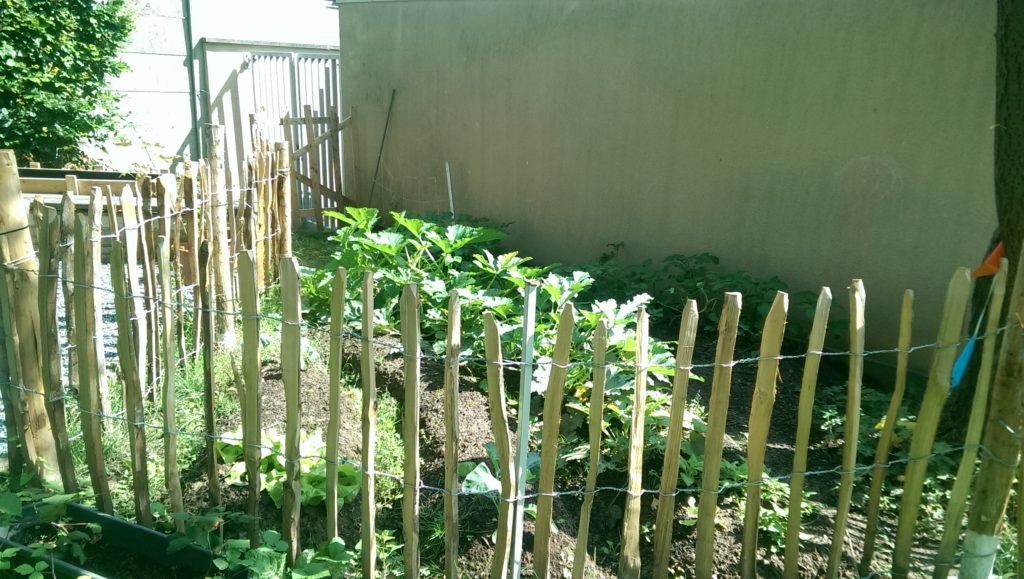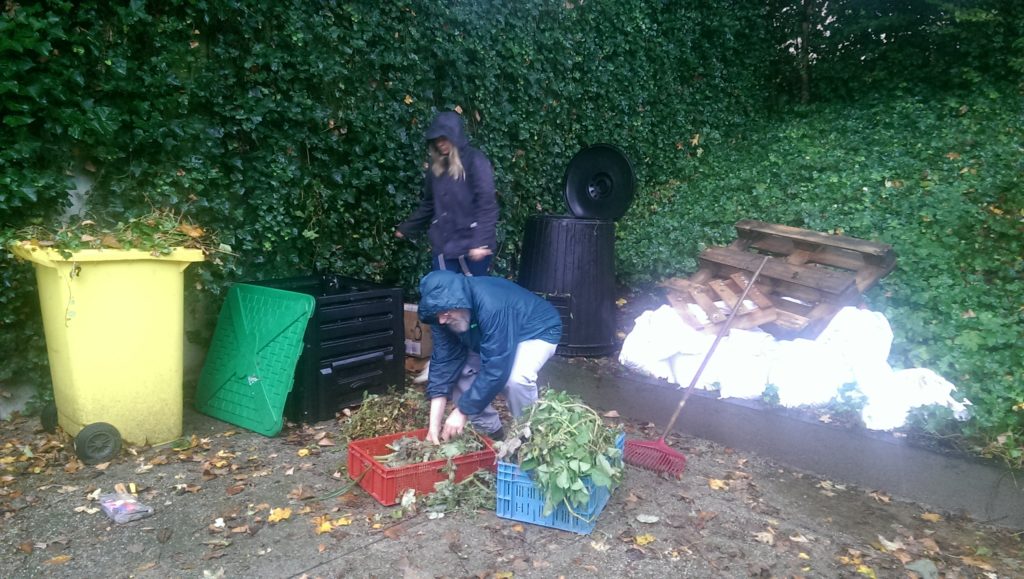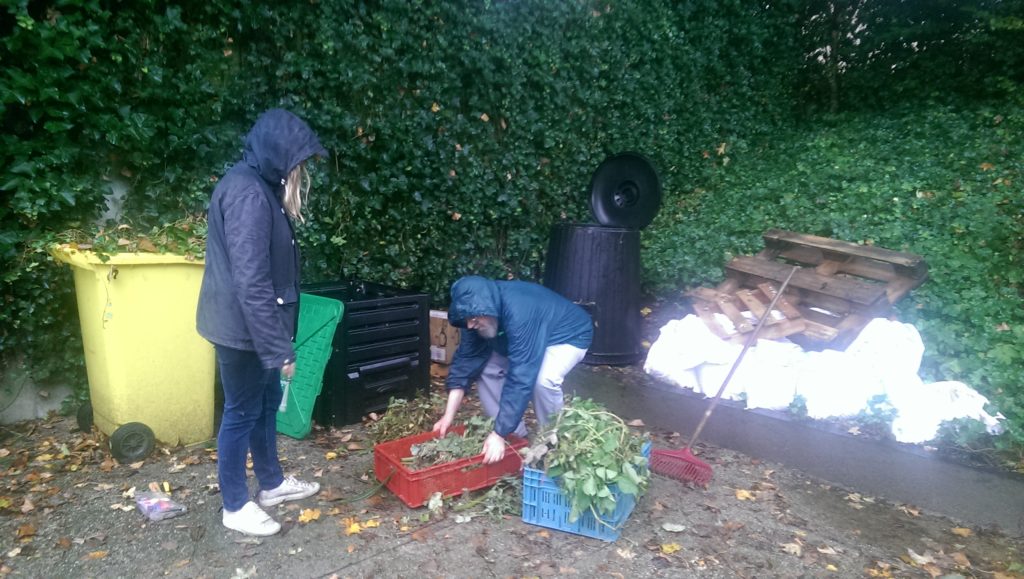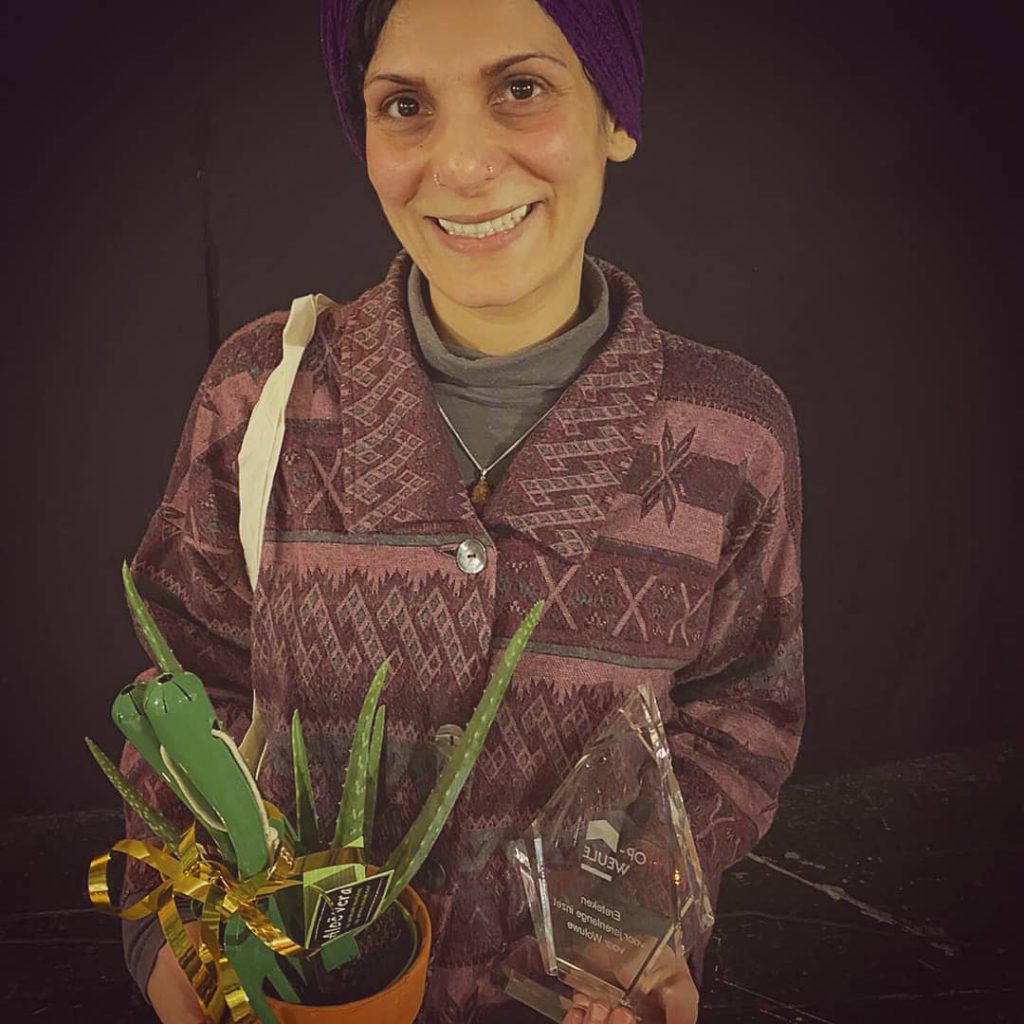My journey with Permaculture
Farming and planting was always on my list. I was always thinking about it in the future, when I settle down or as an early retirement, to live sustainably. Well if I’m a couple of years to 40 and I haven’t settled on a place to live, I guess it’s time to start by finding some other form or sense of stability.
2018 was a rough year for me. Everything seemed difficult, nothing was moving smoothly, as if things were stuck.. I felt by the end of the year that I need some change to start fresh, with more motivation and positive energy the beginning of the new year.
From the idea of slowing down and finding motivation, I decided to develop some skills that would allow me in the near future, hopefully, to live sustainably and share this experience with others. Growing fruit and vegetables and watching them go through the seasons. It’s time to slow down and put my fingers in earth and experience the simple life.
My research began in early 2019. In February I have joined WWOOF Belgium to find a farm where I can get more experience in farming. I thought it would also help to learn other methods to sustainability, like creating solar energy and mud construction as a volunteer. In March I started an online course on permaculture. I was on my first farming journey in March as well. I spent 6 weeks at Graines de vie in Grez-Doiceau, Belgium. It was a very nice experience. I learned a lot, had some relaxing times in the sun and in nature, I met very nice people and I made some new friends.
I can’t lie some times it was really tough work. Preparing the land and weeding seemed like endless work, specially under the rain and with the blowing wind. But knowing that tomorrow the sun would be shining, or that we will do some harvesting, seeding or planting was something to look forward to.
The learning process is really interesting. So many things to learn about and many methods to work with and apply. Motivation builds up. First you learn by observing and imitating, then you start to experiment, then to plan the day and implement the plan, then try maybe another method to compare. It gives a person the space for creative thinking and to slow down. Sometimes all you have to do is just observe. The thing I loved the most is that I can just play while learning, I feel like a kid again. And I’m really grateful and happy for that.
Now in May, it’s time to start my own experience, unsupervised, just some research, observation and trial and error. In this field a person learns a lot from their own mistakes and from experimenting. I started seeding yesterday on my window sill. I have 40 little pots with different seeds (courgette, butternut, runner beans, spinach, kohlrabi, cauliflower, broccoli, tomatoes, dill) Let’s see what picks up and grows. I’m hoping to find a garden soon to host these plants as they would be ready to go in the soil within a month or two. Ideally in Woluwe Saint Lambert where I’m staying. Now it’s time to get out of my comfort zone, find the courage to go nock on doors and ask neighbours if I could use their garden for my future little ones.
I didn’t think that in 6 weeks I could see so many stages of the farming process. I managed to help in preparing the beds, covering it to protect it from weeds in a few different ways. We did a lot of weeding, which is a never ending story in farming. I harvested broccoli, green onions, green garlic, salads, kale, spinach, purslane, and beets. We seeded many kinds of turnip, courgette, butternut, cress, spinach, peas and beans. We also planted many vegetables like potatoes, kohlrabi, fava beans, spinach, salad, carrots, onions.. Here are some photos from my experience at the farm.
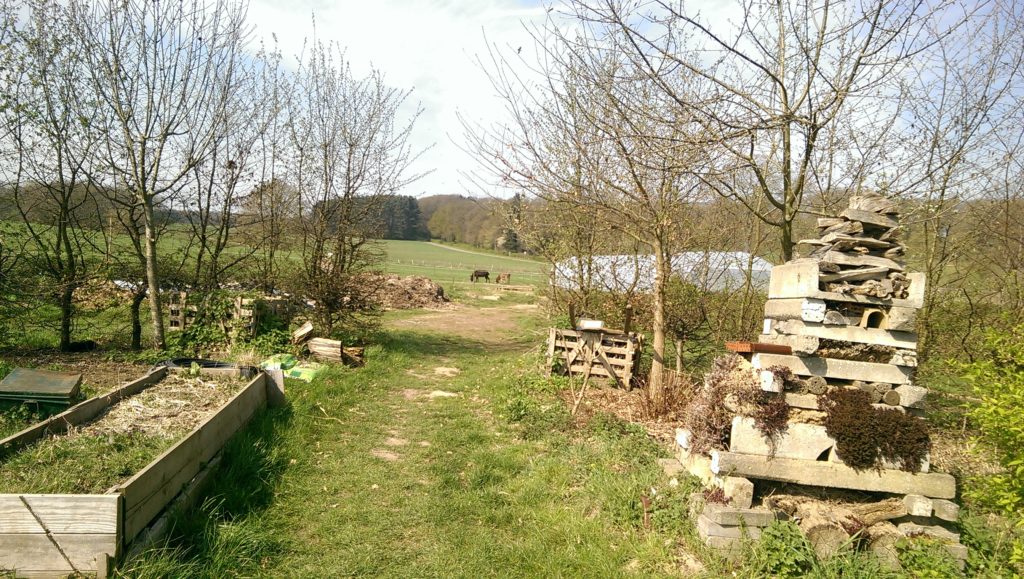
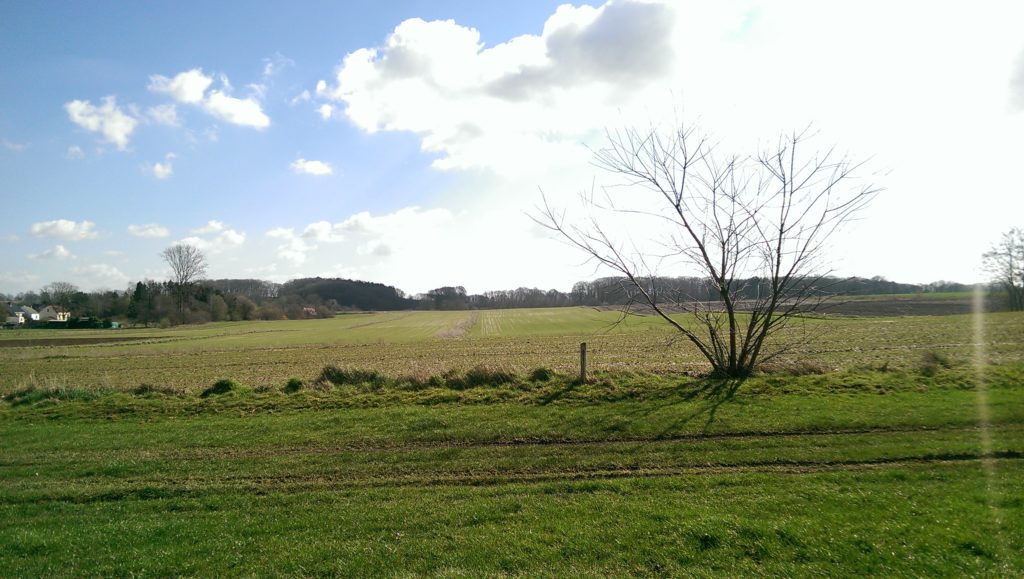
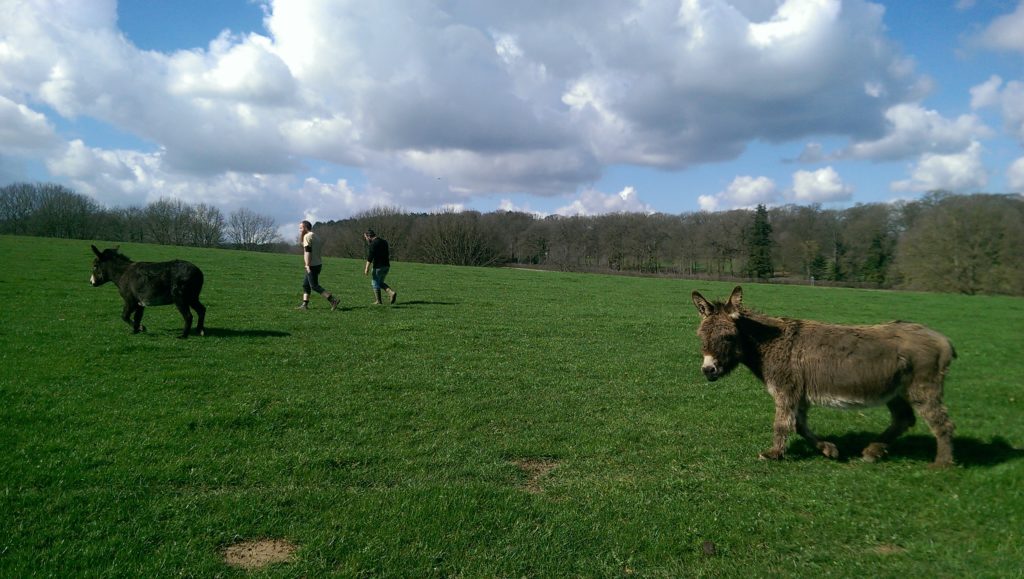



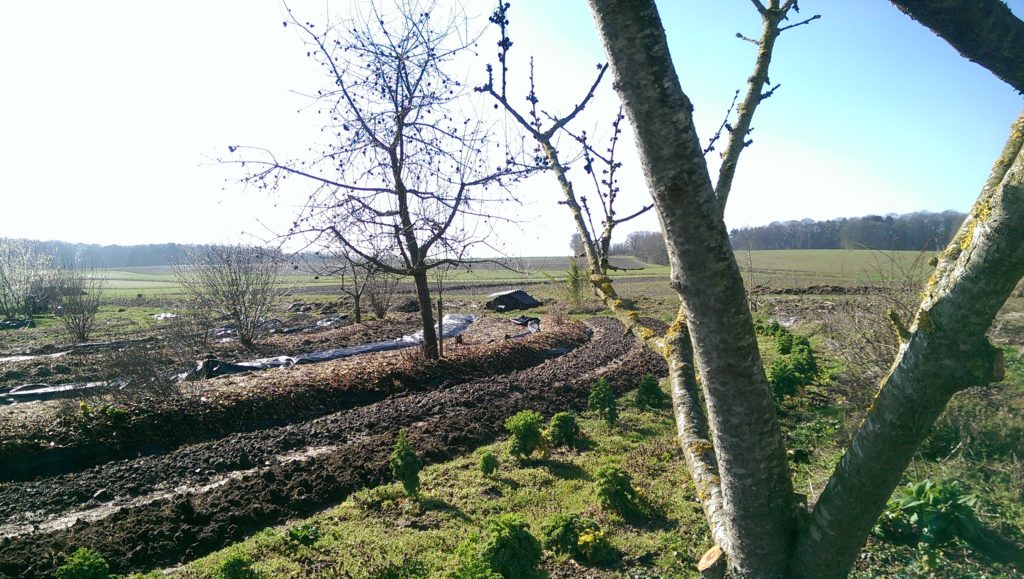


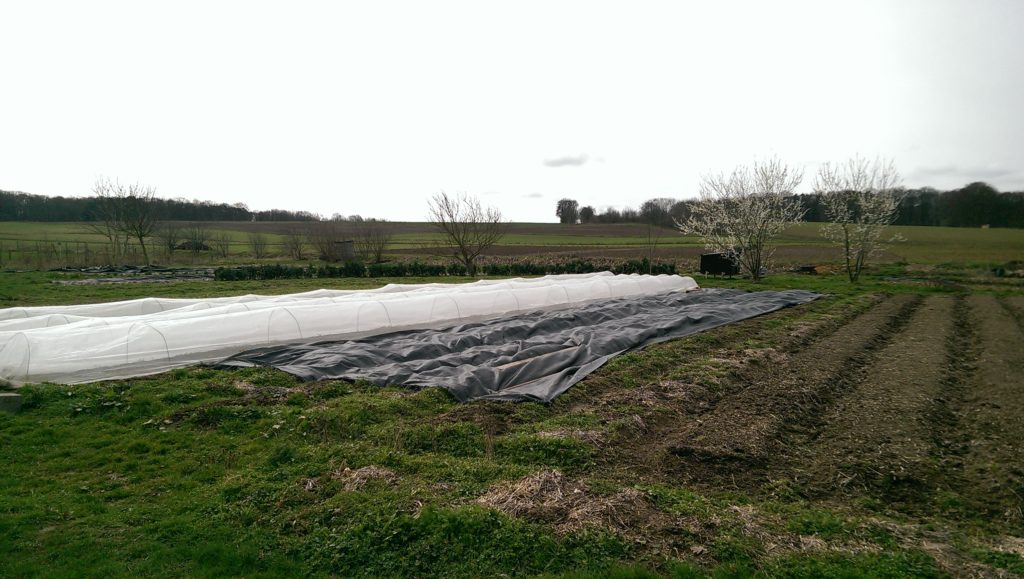
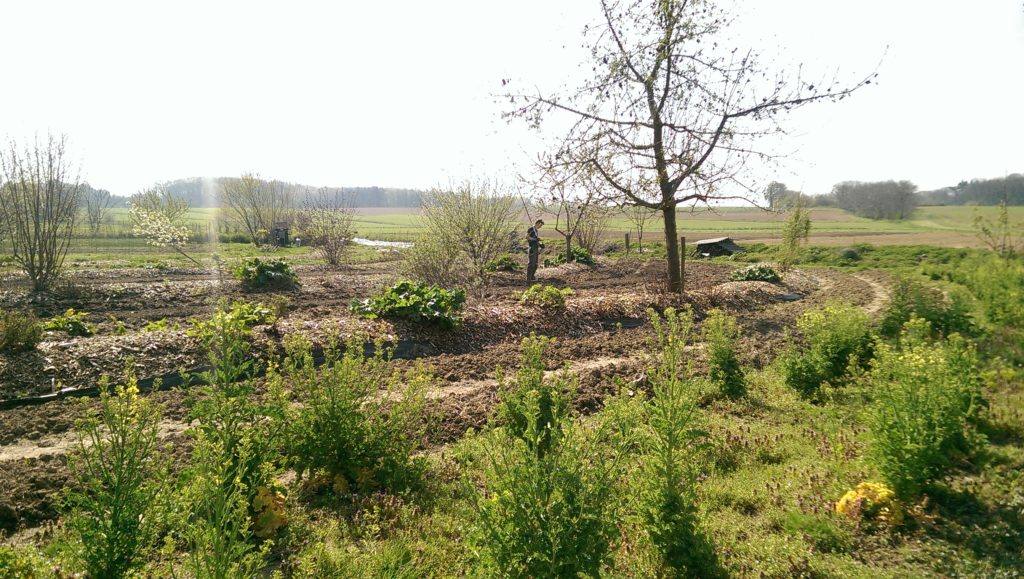
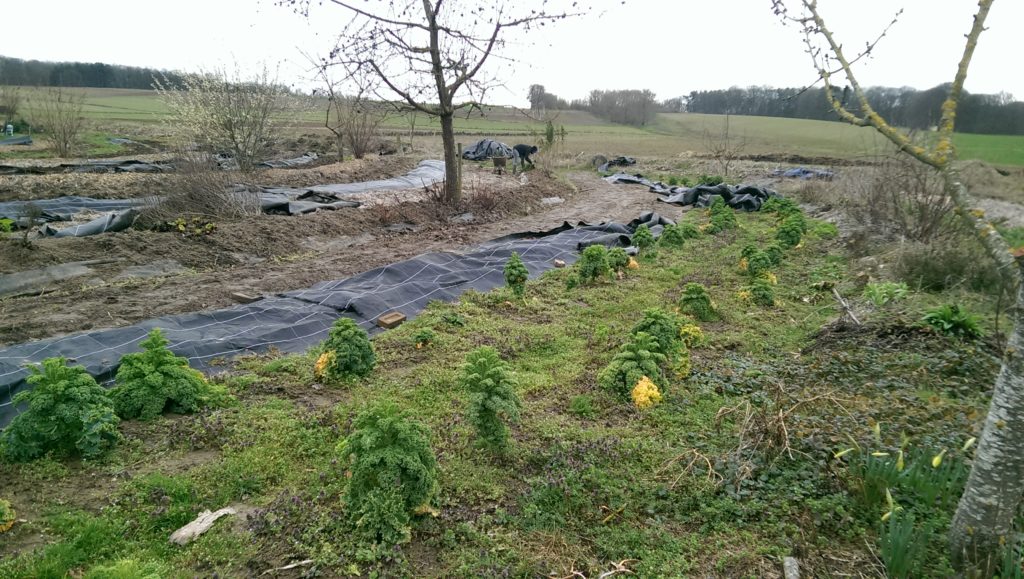
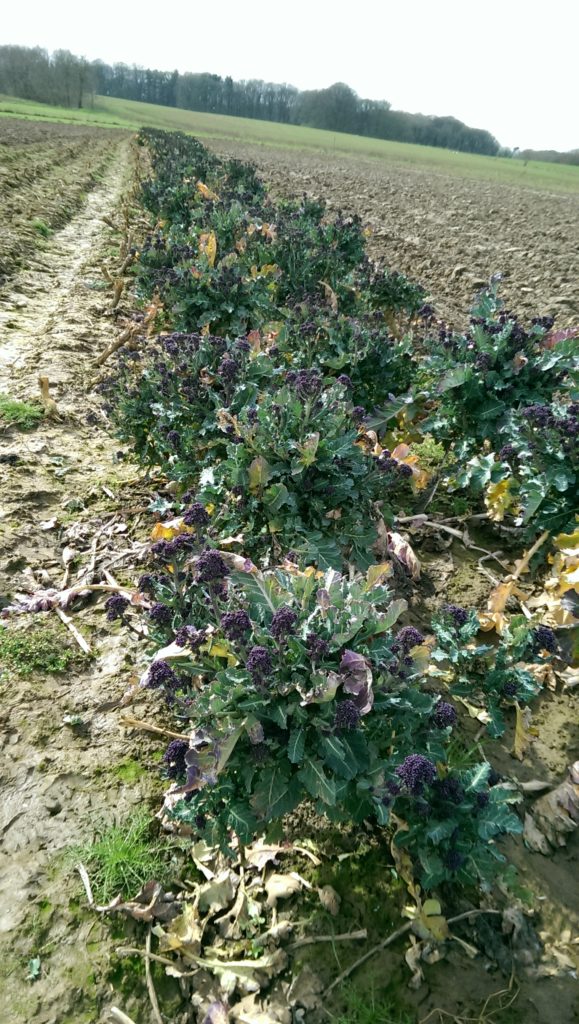
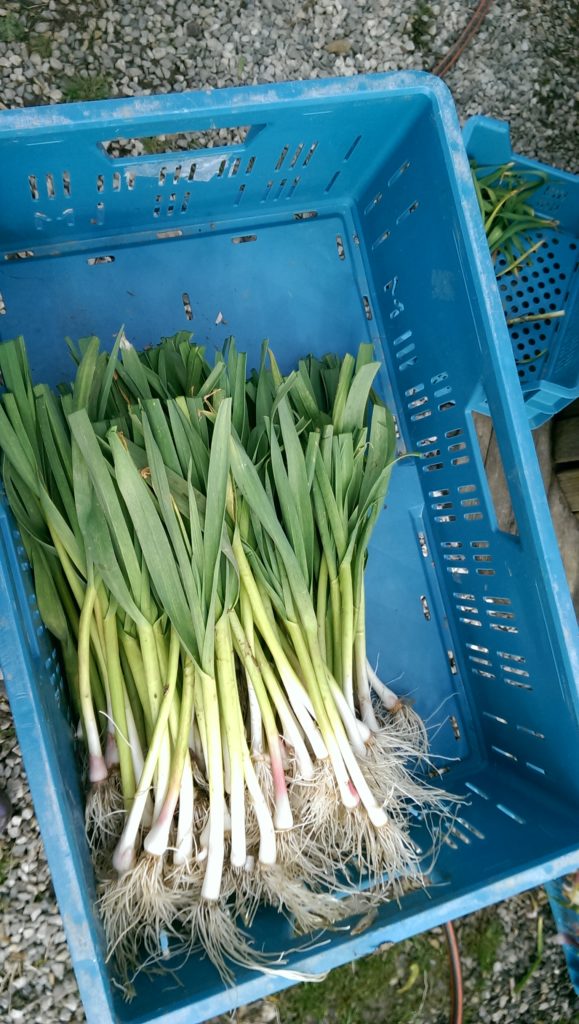












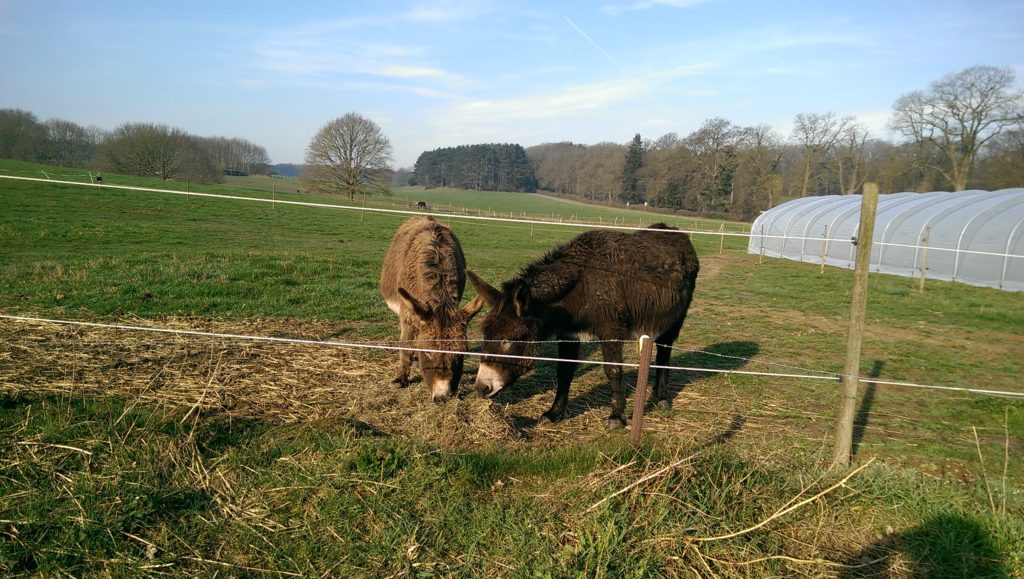


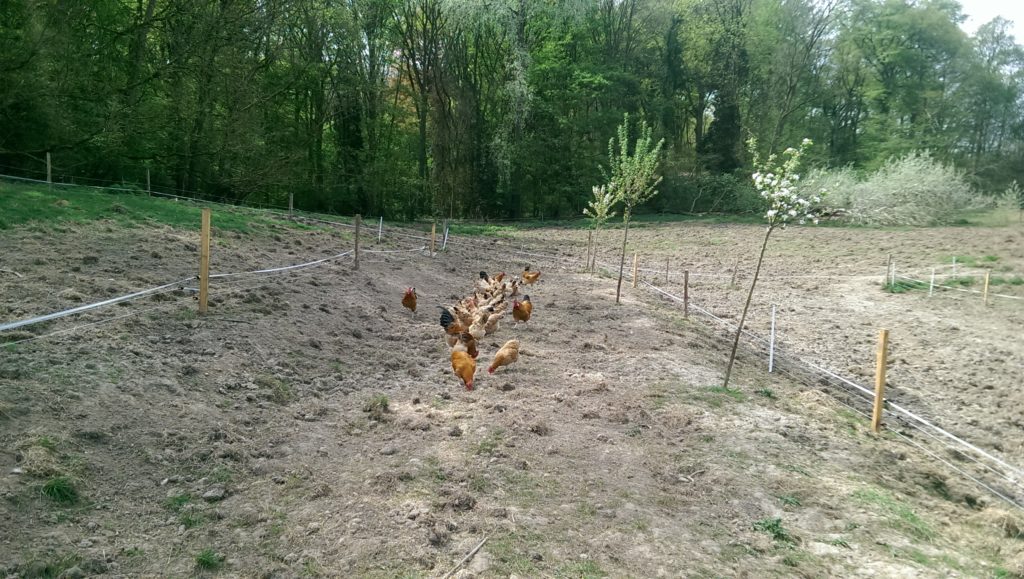
Now it’s time to experiment
Well knocking on doors wasn’t really great. Sometimes reaching out to complete strangers is not my cup of tea. Last week I didn’t have a good experience with that. Some people are not open even for a short conversation to hear my story.
Well this incident made me change the strategy. That’s why I created this post on my blog and I wrote some neighbours with gardens. Hand written, more personal letters; I explained briefly and gave them the freedom to contact me themselves, if they are interested in hosting my work and some vegetables in their garden.
Unfortunately I had a technical problem and I wasn’t receiving my emails for a couple of days this week. I’m not sure if someone wrote me then. I hope if they did, that they’ll try to write again soon.
Seeding vegetables
I took these photos today 11/05/19. These are the seeds I put in the soil last week on 03/05/ 19 (courgette, butternut, runner beans, spinach, kohlrabi, cauliflower, broccoli, tomatoes, dill). It’s amazing how fast it’s going for most of it.
The courgettes were the first ones to come out. Then followed the butternut, the lettuce, tomatoes and dill.
Well not all of the plants I seeded came out. The spinach and runners beans still didn’t appear on the surface. I’m hoping to see some signs in a couple of days. I will keep you posted. All in all I can say, so far it has been a very successful experience.
I seeded yesterday some strawberries and squash and I soaked some sweet peas, which I seeded today. The window sill is getting jammed now.





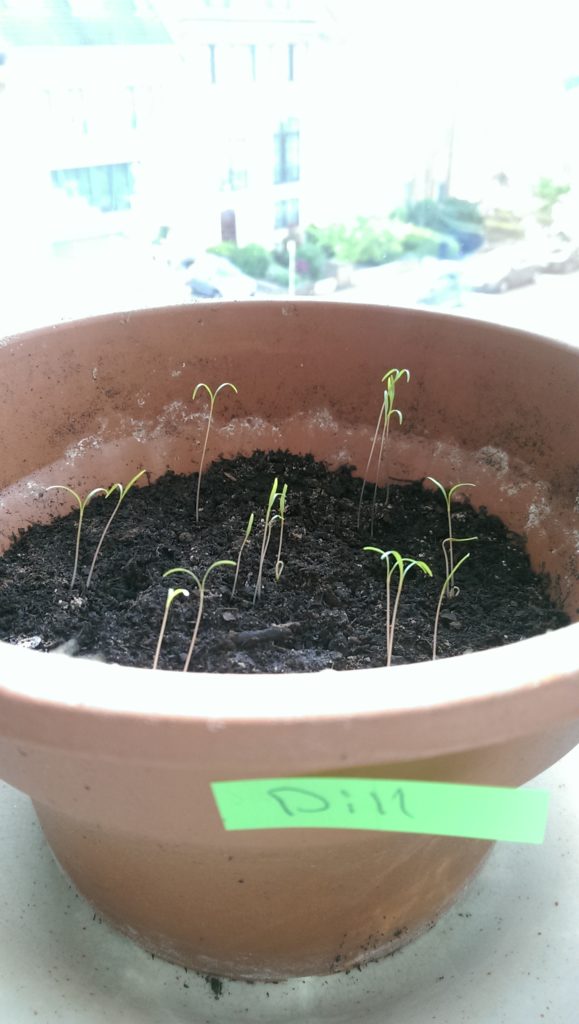
The wonders of sage

Sage is part of the mint family like oregano, lavender, rosemary, thyme, and basil. There are more than 900 species of sage around the world. The traditional use of sage in medicine is documented and goes back thousands of years. It was used for the treatment of snakebite, protecting against evil, boosting female fertility, and other uses that are no longer relied on.
The health benefits of rosemary:
- Sage helps in digestive problems such as loss of appetite, gas flatulence, stomach pain, diarrhoea, bloating, and heartburn. It is also used for reducing the overproduction of saliva.
- Sage is good for depression, boosting the memory, and reducing the symptoms of Alzheimer’s disease.
- It’s good for women to use sage for, painful menstrual periods, to correct excessive milk flow during nursing, and to reduce hot flashes during menopause.
- Sage is good for cold sores, gum disease (gingivitis), sore mouth, throat or tongue; and swollen, painful nasal passages.
- It’s good to inhale sage for asthma.
- Sage contains numerous anti-inflammatory and antioxidant compounds that are very beneficial to our health.
- Sage helps in lowering blood glucose and cholesterol. Some studies show that sage has anti-hyperglycaemic and lipid-profile-improving effects in hyperlipidaemic type 2 diabetic patients.
- Sage is good for the bones as it’s rich in vitamin K, which is really important to develop the density of bone. A daily intake of sage is recommended in cases or symptoms like osteoporosis.
- Sage boosts the immune system and helps to prevent bacterial and viral infections that attack the body through the skin.
- Sage can be effective against certain skin conditions, including eczema, psoriasis, and acne. It soothes symptoms and reduces their appearance gradually if regularly applied topically as an extract to the inflamed or affected areas.
